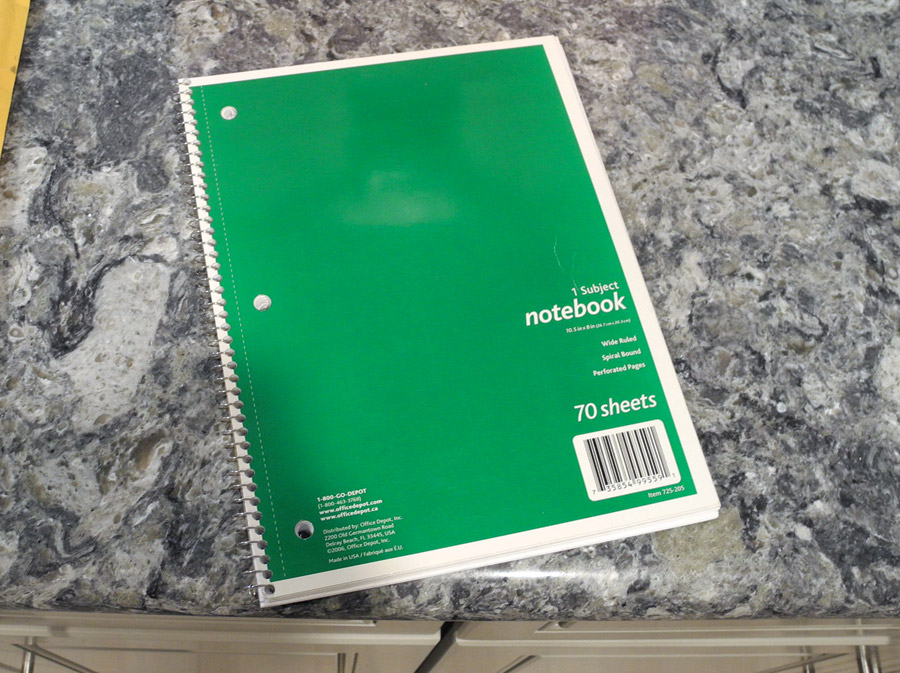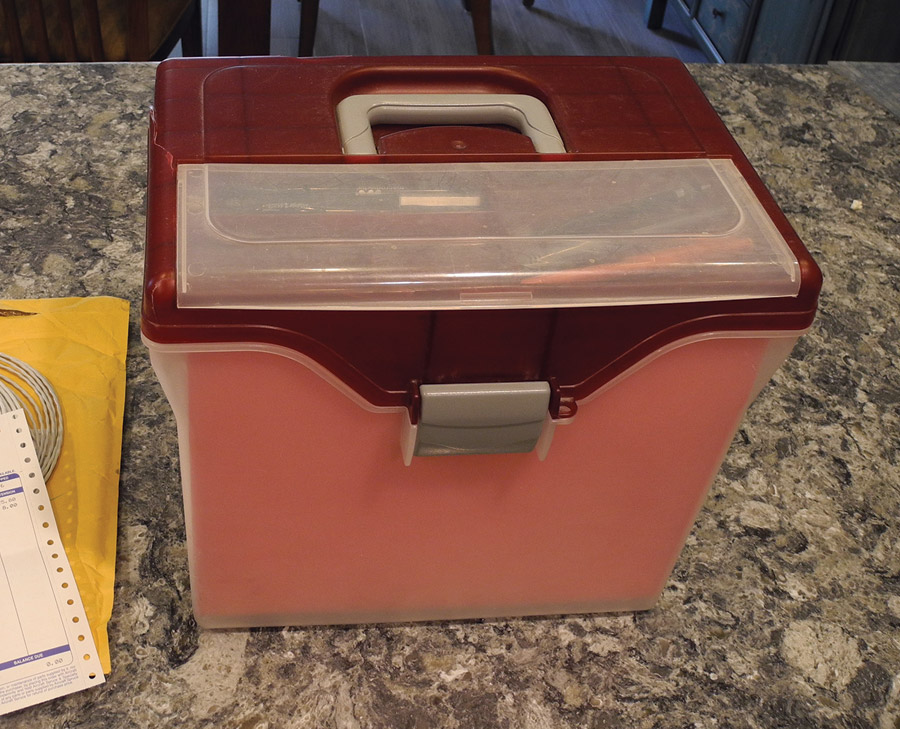According to the FAA web site, one of the things you need in order to receive an Experimental special airworthiness certificate is an aircraft builder’s log. The aircraft builder’s log documents your build from start to finish, with a collection of notes and photos on what you did and when you did it. If it is also evidence that you built more than 51% of your project, you get a repairman’s certificate, too. There are no strict rules about what a log needs to contain, but in the end, it will be a document that you hand over to the FAA with all your other documents for getting your airworthiness certificate. Here are my 10 tips for creating and maintaining an aircraft builder’s log:
- Keep it simple. The simplest log is a three-ring binder or spiral-bound notebook. Each entry should include a date and a description of what was accomplished. Include photographs and be sure they are dated.
- Get a portable hanging file box and some hanging file folders. Keep your builder’s log, receipts, and photos in the box.
- A picture really is worth a thousand words, so save yourself a lot of spell checking and take plenty of photos. A smartphone or simple digital camera with a resolution of two megapixels or better will work just fine. Print and date your pictures.
- If you want a little more flexibility with your builder’s log, use a word processing or spreadsheet program to keep track of it. Spreadsheets will have two columns, and a word processing document will have a table with two columns: date and description. Remember, keep it simple.
- If you are using a computer, tablet, smartphone, or web site, be sure to back up your files and photos often. Save your work to a thumb drive and save it in your file folder box.
- Print out your log as you go and store the pages in your portable file box. Pictures can be printed in color or black and white. Three-ring binders work great for this.
- If you want to share your journey with others, consider blogging. A blog is short for “web log” that you write and share with the entire world. Check out sites like WordPress.com or Blogger.com for a free host for your blog.
- If you do blog, print out your blogs often and save them in your file folder box.
- Keep all your receipts as a part of your builder’s log, especially for items you bought used. One of these days, the tax man is going to come calling, and you will have all your costs documented and be able to show what taxes you already paid.
- If you do blog, be sure to document the good, the bad, and the ugly. Remember, others can learn from your mistakes.
Your builder’s log is evidence that you really built your plane, and it documents your journey. A simple handwritten notebook will work for you, but by sharing with others in a blog, you will promote industry growth and maybe prevent others from making your mistakes. Finally, be sure your face is in at least some of the photos.

![]()
David Boeshaar is a systems analyst for corporate Disney. A former mechanic, teacher, and computer help desk guru at a major university, he is now building a Van’s RV-9A for fun with his brother-in-law. As the new guy in aviation, Dave has learned lots, both good and expensive, and hopes to pass along a little help to the builders coming up behind him.







